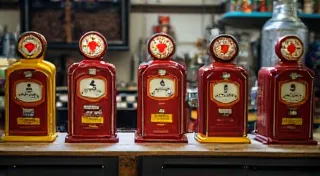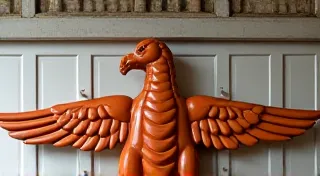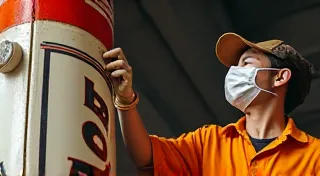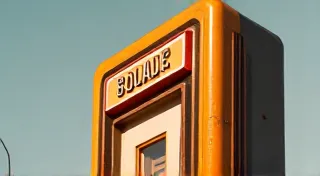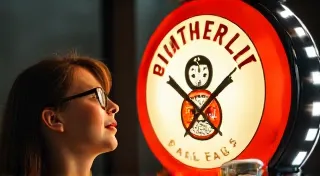The Future of Vintage Gas Sign Collecting & Restoration
The world of vintage gas sign collecting and restoration has enjoyed a resurgence in recent decades. What was once a niche hobby for dedicated enthusiasts has blossomed into a vibrant community, fueled by nostalgia, appreciation for Americana, and a growing recognition of these signs as pieces of tangible history. But like any market and passion, the future of this area is constantly evolving. This article will delve into the emerging trends, challenges, and opportunities shaping the future of vintage gas sign collecting and restoration.
The Current Landscape: A Foundation for Growth
Before looking ahead, it’s important to acknowledge the strong foundation upon which the future will be built. The core appeal of vintage gas signs remains powerful. They represent a bygone era of classic cars, roadside diners, and a distinctly American aesthetic. The craftsmanship, often involving hand-painted details and durable materials, is something that modern mass production struggles to replicate. This intrinsic value contributes to their desirability and their increasing recognition as art objects, not just advertising memorabilia.
The internet has, unsurprisingly, been instrumental in this growth. Online auction platforms and specialized forums have connected collectors across geographical boundaries, creating a global marketplace. The accessibility of information – how to identify signs, assess their condition, and determine their value – has also lowered the barrier to entry for new enthusiasts.
Emerging Trends: What’s Hot and What’s New
Several trends are emerging that are particularly relevant to the future of vintage gas sign collecting and restoration:
1. Increased Focus on Rarity and Provenance
While common signs still hold value, the real excitement and escalating prices are centered around rare and exceptionally well-documented examples. Collectors are increasingly interested in the story behind the sign - its original location, its history, and any interesting details about its production. Signs with confirmed provenance—a clear history of ownership—command significantly higher prices. The narrative surrounding a sign is becoming as important as its physical appearance.
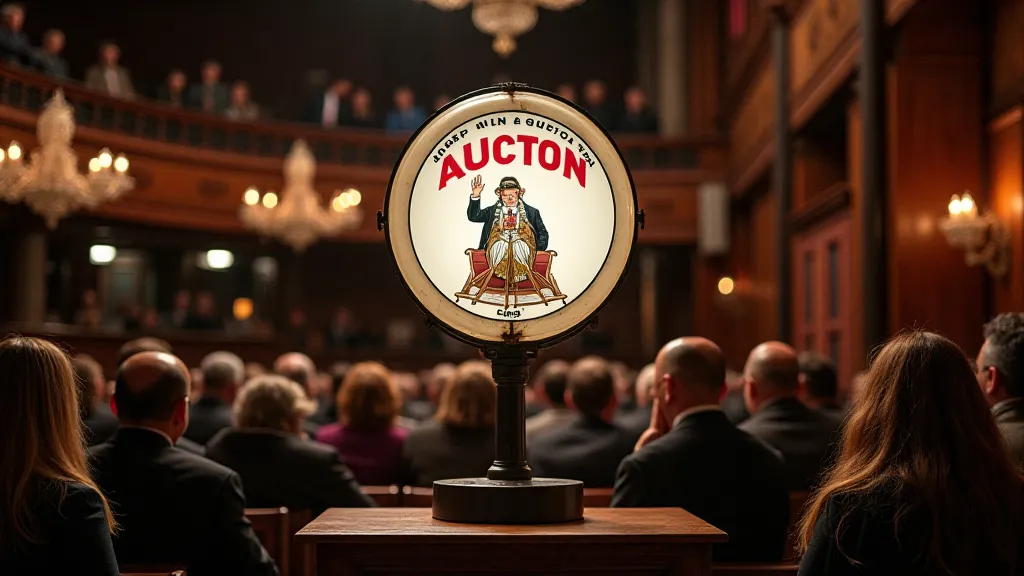
2. The Rise of “Patina Appreciation”
Historically, restoration focused on bringing signs back to their original, factory-fresh condition. While meticulous restoration remains important, a growing contingent of collectors are embracing the character and historical record conveyed by a sign’s patina – the natural aging and wear. A sign with original paint, faded lettering, and visible signs of use tells a story that a perfectly restored sign simply can’t. This “patina appreciation” is a significant shift in mindset and impacts restoration practices.
3. The Digital Preservation Movement
Recognizing the fragility and scarcity of these signs, a movement towards digital preservation is gaining momentum. High-resolution photography and 3D scanning are being used to create detailed digital replicas, ensuring that these artifacts are preserved for future generations, even if the originals are lost or damaged. This also allows for the creation of accurate reproductions for display purposes, mitigating the demand for original signs in some cases.
4. Expanding Beyond the Iconic Brands
While signs from major brands like Texaco, Shell, and Gulf will always be highly desirable, collectors are increasingly showing interest in signs from smaller, regional brands and independent gas stations. These lesser-known signs often have a unique regional charm and can be surprisingly rare, offering collectors an opportunity to find hidden gems.
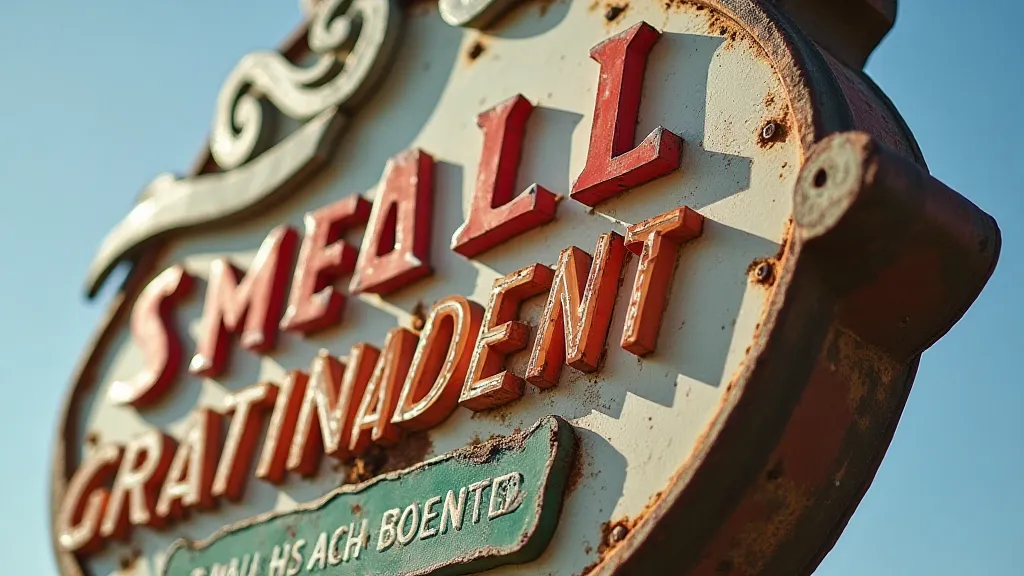
5. Restoration Techniques Evolving
Advancements in restoration techniques are influencing how collectors approach these signs. Less invasive cleaning methods, more accurate paint matching, and the use of archival-quality materials are all becoming standard practice. The focus is on preserving as much of the original material as possible while stabilizing the sign and protecting it from further deterioration. The rise of specialized restorers with a deep understanding of vintage sign manufacturing processes is also a key factor.
Challenges Facing the Future
Despite the positive trends, the future of vintage gas sign collecting and restoration isn’t without its challenges:
1. Rising Prices and Accessibility
The increasing rarity and desirability of these signs have driven prices up significantly, making them less accessible to new collectors. This creates a barrier to entry and can limit the growth of the community.
2. The Issue of Fakes and Reproductions
As the market grows, so does the risk of encountering fake signs and reproductions. Distinguishing between authentic vintage signs and clever forgeries requires a keen eye and a thorough understanding of manufacturing techniques. The proliferation of reproductions further complicates the market and can erode trust.
3. Environmental Concerns & Material Degradation
Many of these signs contain lead-based paint and other potentially hazardous materials. Handling and restoring them requires careful precautions to protect both the restorer and the environment. The natural degradation of materials over time also presents ongoing challenges.
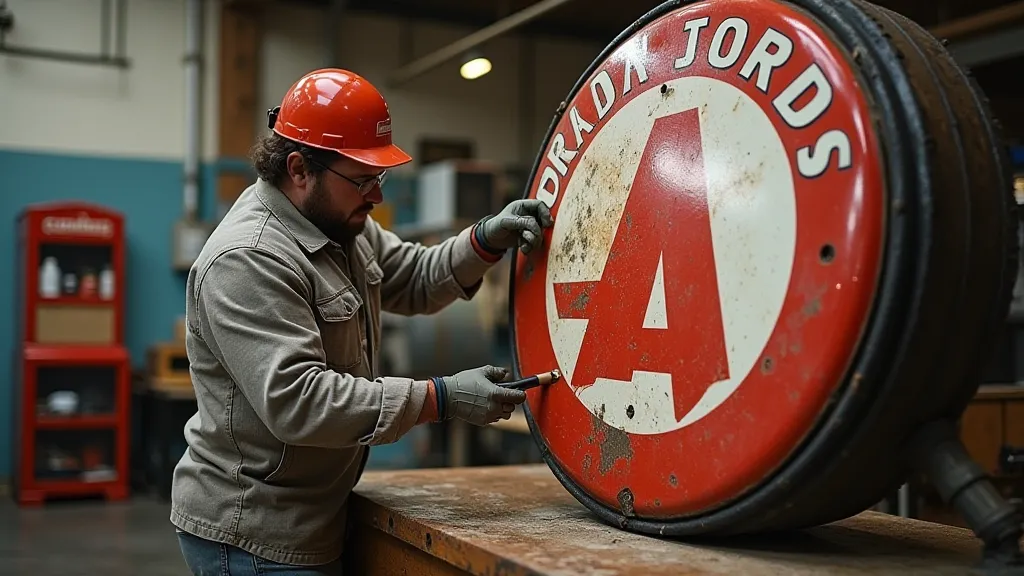
4. Authenticity Verification & Documentation
Establishing the authenticity and history of a vintage gas sign can be difficult, particularly for signs that lack clear provenance. The lack of standardized documentation and verification processes makes it easier for unscrupulous sellers to deceive buyers.
Opportunities on the Horizon
Despite these challenges, the future holds many exciting opportunities for collectors and restorers:
- Specialized Forums & Communities: Online forums and communities continue to be vital resources for sharing knowledge, verifying authenticity, and connecting with fellow enthusiasts.
- Educational Resources: The demand for educational resources—books, videos, and online courses—on vintage gas sign collecting and restoration will continue to grow.
- Restoration Services: Specialized restoration services will become increasingly sought after, as collectors seek to preserve their investments and maintain the integrity of these historic artifacts.
- Digital Archive Initiatives: Collaborative efforts to create comprehensive digital archives of vintage gas signs will help to document and preserve these artifacts for future generations.
- Appreciation Events & Exhibitions: Specialized events and exhibitions will provide opportunities to showcase vintage gas signs and celebrate the history and artistry they represent.
Conclusion
The future of vintage gas sign collecting and restoration is bright, albeit complex. The enduring appeal of Americana, coupled with a growing appreciation for craftsmanship and history, will continue to drive demand for these iconic artifacts. By embracing emerging trends, addressing challenges proactively, and capitalizing on new opportunities, collectors and restorers can ensure that these valuable pieces of our heritage are preserved and enjoyed for generations to come.
